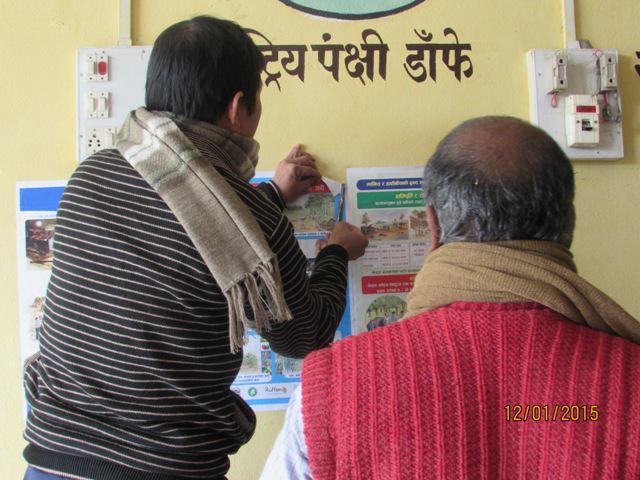Pabitra Jha
Other projects
The project is aims to document the recent HEC events, their major types and the root causes of it in Sarlahi district, central Nepal. In addition, identification of gaps in existing HEC related policies and legal-frameworks is also the major aim of the project.

Human and wild elephants have been in constant struggle in Nepal in recent years where elephants and people share the same habitat and often compete for the same resources. This is causing losses to human property and, sometimes, human lives. Retaliation by human often results in killing of the elephants. This makes HEC one of the major causes of Asian elephant mortality and, subsequently, a serious threat to their continuous existence. In this regard, this project aims to identify causes of HEC and come up with possible interventions to minimize the conflict to ensure continuous survival of Asian elephants.
Major Activities of the Project:
Preliminary Survey-
Specific site(s) within proposed district will be selected in consultation with District Forest Officer, Protected area authority and other relevant stakeholders. Semi-structured questionnaire will be pre-tested during preliminary survey. This ensures efficient execution of project.
Field Data Collection-
Primary data will be collected using different PRA tools (Focus Group Discussion; Semi-structured Questionnaire; In-depth Interview and Participatory Elephant Mobility Mapping). Published/unpublished reports, case-studies, district-profiles and existing policy- and legal-documents will be used as secondary data sources.
Data Analysis-Qualitative and quantitative data will be analysed separately using Statistical Package for Social Sciences (SPSS) and MS-Excel. Cause and Effect-analysis will be used to identify types of HEC and their causes. Trend-analysis will be used to assess trend of elephant death over past 5 years. Participatory Elephant Mobility Mapping will be used to estimate HEC affected area. HEC related policy- and legal-documents will be reviewed to identify gaps.
Report Writing-
Study reports will be disseminated to funding organization and other relevant stakeholders.
Documentary Making-
Short documentary (maximum 30 minutes) including footages of recent HEC events will be prepared and made available for public viewing.